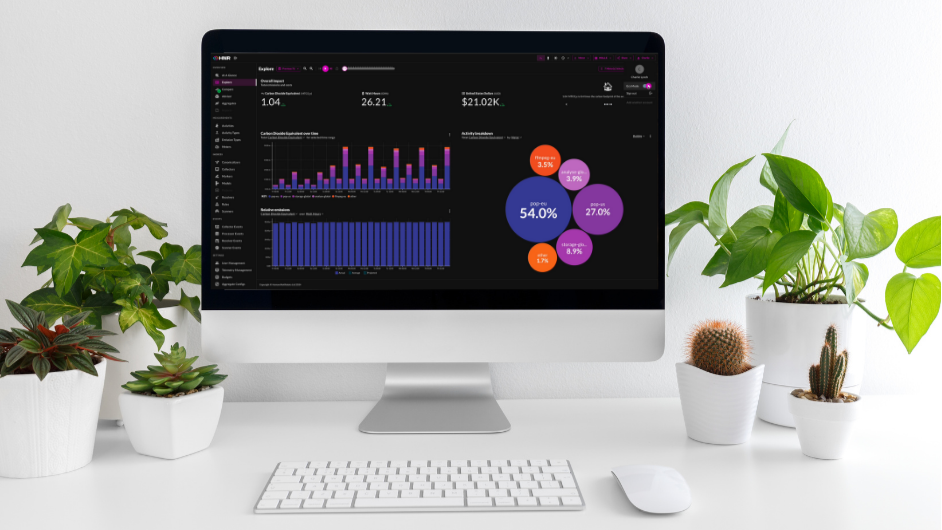Ongoing technological, operational and commercial barriers mean the full potential of programmatic TV is yet to be unlocked, discovers David Davies.
Commercial opportunities heralded by programmatic TV and its underlying technologies, which leverage data and automation to streamline ad buying and delivery against TV content on different platforms, are an increasingly prominent topic as the shift from linear TV to streaming accelerates. As it stands, however, significant obstacles remain in preventing programmatic TV from achieving its full potential.
That’s the central position of a new venture, the European Programmatic TV Initiative (EPTVI), which has been formed by media tech companies – including The Trade Desk, PubMatic, Equativ, Magnite, Cadent and Adform – in conjunction with The Project X Initiative and up to 14 major European broadcasters, streamers and agency groups. As well as seeking to “create a comprehensive understanding of programmatic TV”, including its benefits and drawbacks, it also has a very defined objective of authoring a roadmap for the future development of programmatic TV in Europe...
You are not signed in.
Only registered users can view this article.

Behaviour-based data: Defining the advertising audience
A shift to defining audiences based on behavioural characteristics, allied to greater use of programmatic trading, could help boost the TV ad market, Xperi’s Chris Kleinschmidt tells IBC365.

How sport is embracing DTC at both ends of the playing field
Kevin Emmott reports on how two English football clubs at starkly different points of the football pyramid are going direct to fanbases with their content output.

Sustainable streaming: Delivering a greener vision for OTT
Increasingly powerful analysis platforms, infrastructure optimisation, improved resource utilisation and new methods of compression are among the developments helping the streaming sector to reduce its environmental impact, writes David Davies.
Creating a new sense of place for Welsh media innovation
The emergent virtual production scene in Wales has been boosted by the arrival of two new world-class facilities in recent months, both secured with the collaborative backing of Media Cymru. James McKeown spoke to Media Cymru’s Deputy Director, Professor Sara Pepper OBE, about the consortium’s mission to put Wales on the global media innovation map.

Flawless AI: “You can't put new lines in people's mouths without consent”
AI tools like Flawless visual dubbing are making a strong case for standard use in Hollywood.




